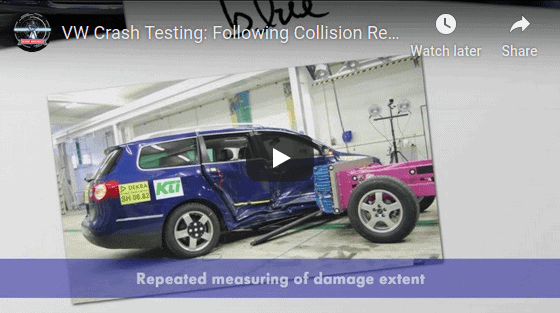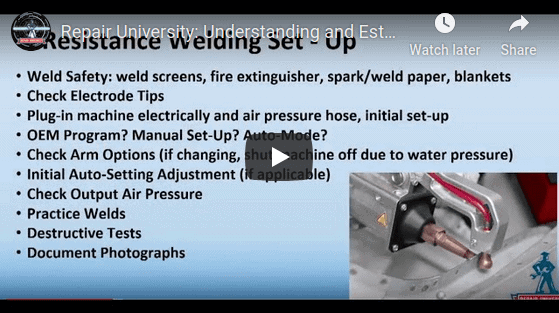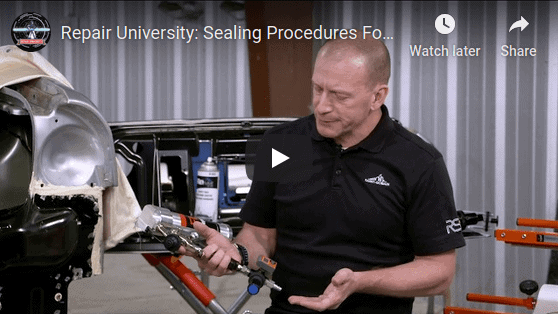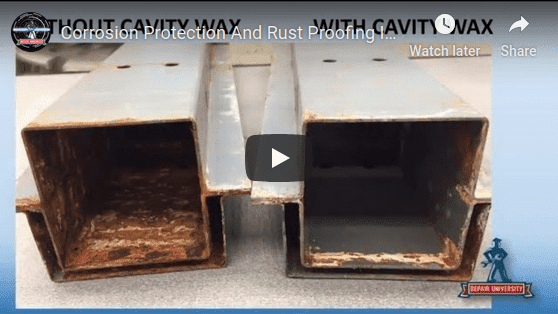
KTI and DEKRA performed crash tests on two B6 Passats: one which was repaired with OEM parts and OEM procedures, one which was fixed with OEM parts but procedures for the wrong model year. The airbag failed to deploy on the vehicle which was fixed using the procedure for the wrong model year.

Kristen Felder, Mark Olson, and Larry Montanez discuss squeeze-type resistance spot welding (STRSW). Some key takeaways:
- Much less training is required than MAG welding, but there's still training and skill involved.
- Electrode tip cleanliness is paramount - they have to be cleaned frequently, and dressed occasionally.
- STRSW requires test welds, just like MAG.
- Weld quality can be determined with destructive tests and visual inspections.
- Some repair procedures will specify STRSW settings; the auto mode may not be allowed.
- OEM procedures will dictate how the flanges should be prepped, e.g. how the e-coat should be removed.
- Shunting pliers ensure proper conductivity on the first welds.
- Panel clamps must be insulated to avoid weak welds caused by unintended shunting.

Doug Craig from Lord Fusor and Dennis Beardsley from Saint-Gobain talk about sealing topics including weld bonding, weld sealing, 1k vs 2k, replicating seam sealer textures and shapes, cavity wax, and foams.

Shawn Collins from 3M stops in to help the Collision Hub team explain corrosion protection and rustproofing. Here are a few highlights:
"Most post-repair inspections don't start because the customer said 'Hmm I think they sectioned my quarter panel on wrong', they come in because 'I have rust in places I didn't have rust before'."
"Etch and 1k [primer] do not belong in the body department - ever."
"As a body tech... if you are not averaging a can [of cavity wax] per week, you are NOT fixing cars properly."